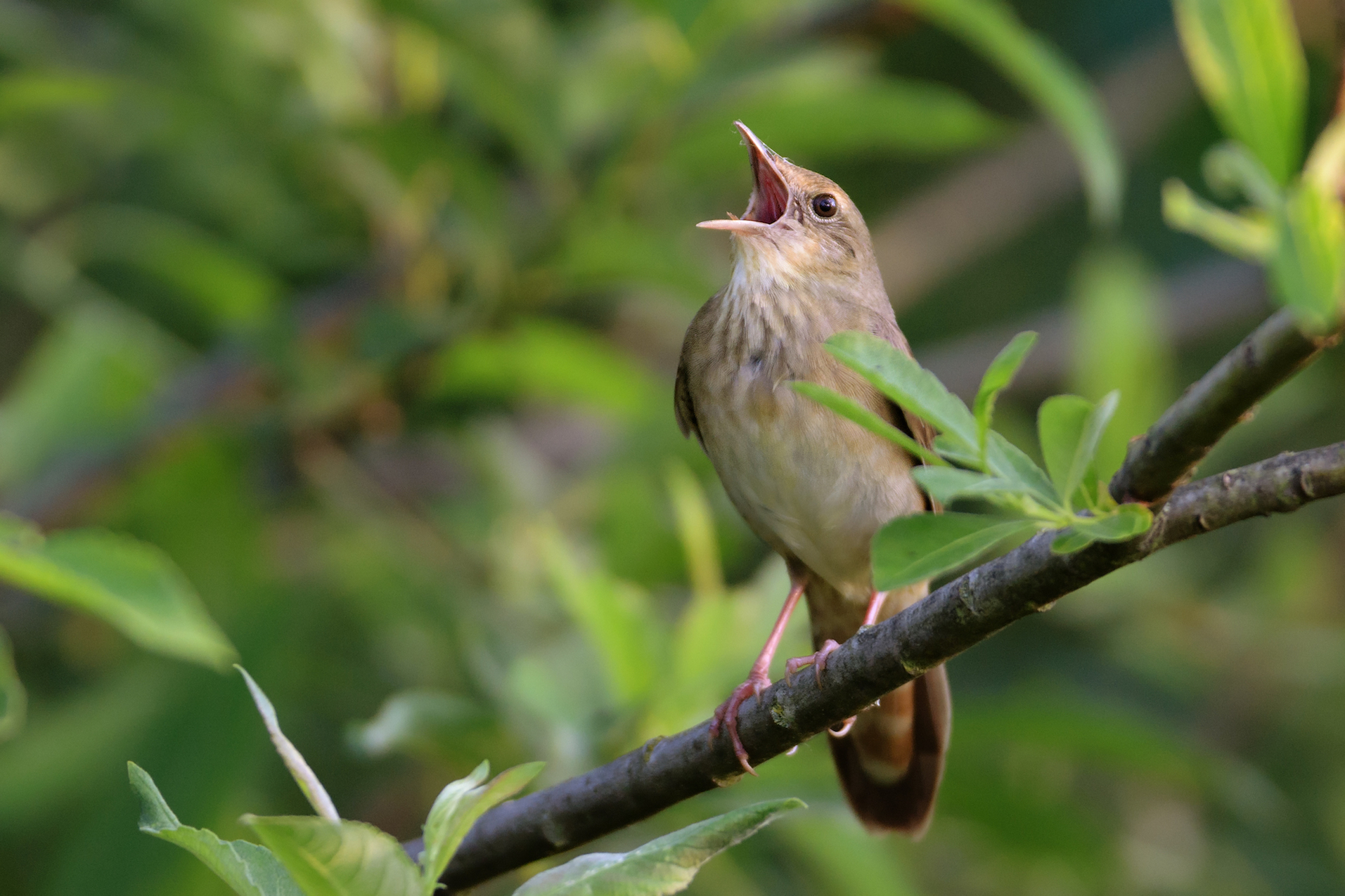
Do humans and birds learn speech the same way?
Previous research has suggested that songbirds and humans share the same innate process that guides how they learn and produce sounds. Scientists at McGill University are providing new evidence that human speech and birdsong are, in fact, rooted in the same biological process.
The researchers discovered that young zebra finches are naturally inclined to learn certain patterns of sound over others. “In addition, these sound patterns resembled patterns that are frequently observed across human languages and in music,” explained senior author Jon Sakata.
Theories on the association between human language and music inspired the experiments with finches. According to language experts, all of the world’s languages share many common features, which are referred to as “universals.” These features include the language’s word structure as well as acoustic patterns of speech such as timing and pitch.
Scientists such as Noam Chomsky believe that these shared features represent a “universal grammar” that is built by natural brain mechanisms. These mechanisms promote language learning and influence how it is perceived. In zebra finches, there are acoustic patterns which are universal across populations.
“Because the nature of these universals bears similarity to those in humans and because songbirds learn their vocalizations much in the same way that humans acquire speech and language, we were motivated to test biological predisposition in vocal learning in songbirds,” said study co-author Logan James.
In an attempt to identify biological predispositions, the research team taught young zebra finches songs consisting of five acoustic elements arranged in every possible sequence. Each sequence was presented in random order and for the same amount of time so that each finch would individually select which sequences to use out of the options made available.
The patterns chosen by the trained birds were extremely similar to the patterns observed in natural populations of birds. Both wild finches and finches raised in the lab placed a long, low-pitched vocalization at the end of their songs.
The researchers identified other sounds which were more likely to appear in the beginning or middle of the birdsong. Short, high-pitched vocalizations were more likely to be produced in the middle of song than at the beginning or end of song, for example.
These findings match patterns commonly shared in diverse languages and in music, where sounds at the end of songs are longer and lower in pitch than sounds in the middle.
“In the immediate future, we want to reveal how auditory processing mechanisms in the brain, as well as aspects of motor learning and control, underlie these learning biases,” said Sakata.
The research is published in Current Biology.
—
By Chrissy Sexton, Earth.com Staff Writer













